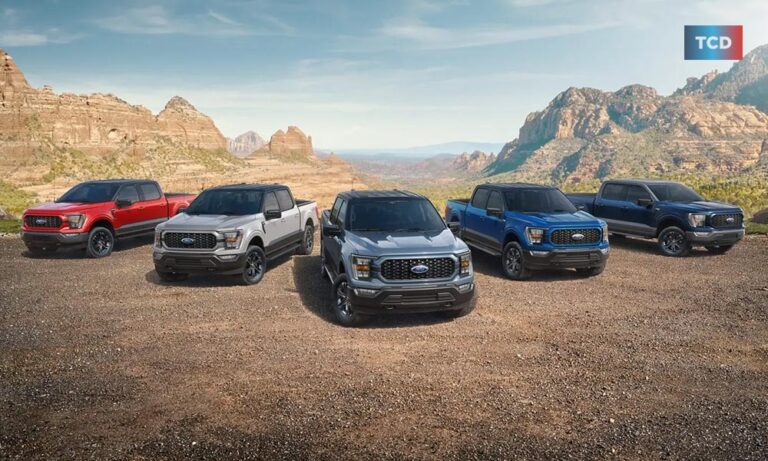Synopsis-
“Leading automotive data firms are forecasting an increase of 1% to 4% in the number of vehicles sold this year compared to the previous year.”
Sales of new vehicles in the US are expected to rise slightly in 2022 as the automotive industry continues to recover from pandemic-related impacts and other supply chain issues.
Leading automotive data firms are forecasting an increase of 1% to 4% in the number of vehicles sold this year compared to the previous year. The projected number of vehicles sold is expected to be between 15.6 million and 16.1 million, which would be the highest since 2019 when more than 17 million new cars and trucks were sold in the country.
COVID-19 Brings Production and Supply Chain Challenges
Since the outbreak of the global Covid-19 pandemic, the automotive industry has been facing significant production and supply chain challenges. These challenges have led to a decline in sales, with the industry selling less than 14 million vehicles in 2022. This is the lowest sales number in over a decade.
Even a small increase in US car sales 2023 could benefit consumers and the economy. It could lead to more vehicles being produced, potentially easing recent affordability concerns due to inflation, high-interest rates, and record-high prices for new vehicles.
Pricing power gives way to incentives
Edmunds believes automakers’ pricing power has peaked, as improved inventory has driven incentives back into the market.
Lower prices and rising incentives are expected to be headwinds for automakers and dealers, despite increased sales that have produced record profits in recent years.
Edmunds predicts that approximately 15.7 million new cars and trucks will be sold in 2024, slightly higher than the estimated 15.5 million vehicles expected to be sold in 2023.
Most accurate and US Car Sales 2023 Report
- Total Sales Volume: Provide the total number of vehicles sold in the United States in 2023. This can be broken down by vehicle type, such as passenger cars, trucks, and SUVs.
- Electric Vehicle (EV) Adoption: Highlight the growth of electric vehicles in the market, including both battery-electric vehicles (BEVs) and plug-in hybrid electric vehicles (PHEVs).
- Top Selling Models: Identify the best-selling car models and brands. This can provide insights into consumer preferences and market trends.
- Market Share: Analyze the market share of major automotive manufacturers. Highlight any significant shifts or changes compared to previous years.
- SUV and Truck Dominance: Note the continued popularity of SUVs and trucks, as consumer preferences have been trending towards larger vehicles.
- Technology Integration: Explore how advanced technologies, such as autonomous driving features, connected car capabilities, and infotainment systems, are influencing purchasing decisions.
- Impact of Global Events: Assess how global events, economic conditions, and supply chain disruptions may have affected car sales in 2023.
- Government Policies and Incentives: Examine the impact of government policies and incentives related to the automotive industry, such as tax credits for electric vehicles or fuel efficiency standards.
- Used Car Market: Highlight any trends or notable changes in the used car market, as it often reflects shifts in consumer behavior and economic conditions.
- Challenges and Opportunities: Discuss challenges faced by the automotive industry in 2023, such as semiconductor shortages, and opportunities for growth and innovation.






